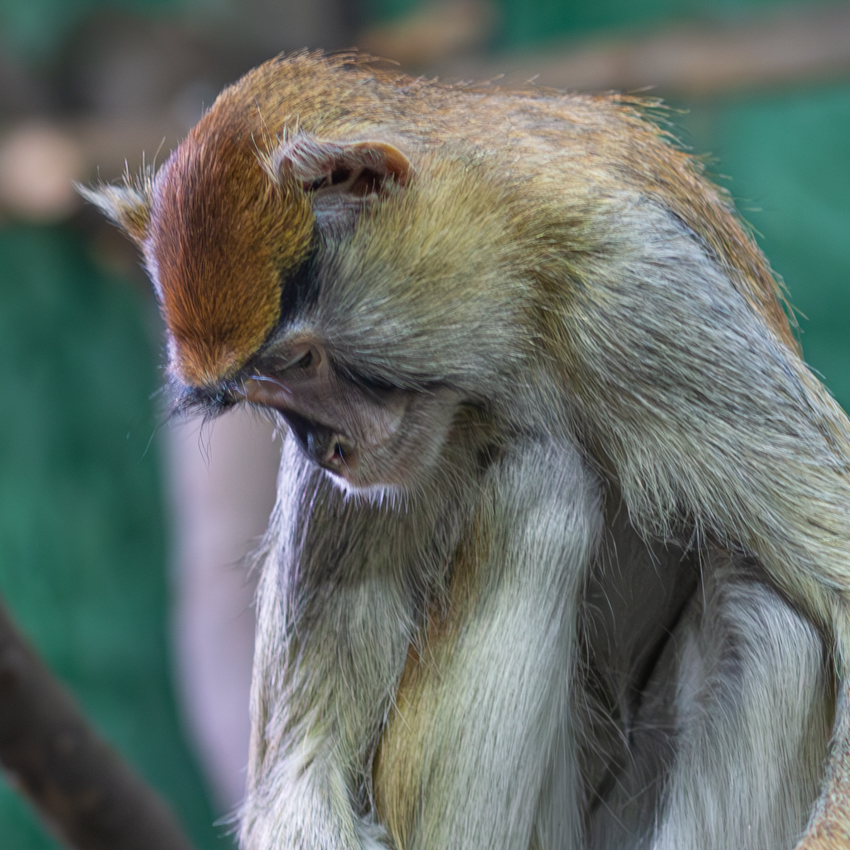In the winter season, I reside in central Florida, which experiences relatively warmer temperatures compared to the rest of the country. During this time, my photography routine shifts from active and explorative to dormant like the surrounding countryside. The trees lose their bright colors and appear dull, the grass remains dormant, and very few flowers are found.
This leads me to spend more time contemplating different things. I’m thinking about the magical moments I’ve experienced from my first print to today’s technology.
I remember the first time I discovered the magic of photography. It happened when I was around 12, during my Industrial Arts Class with my teacher, Mr. Douglas. My schoolmate, Peter, and I expressed an interest in photography, so Mr. Douglas converted a storage room into a darkroom for us to use.
Peter and I worked together to set up the darkroom and made our first prints. The first step was to achieve complete darkness, so we stuffed old towels along the edges of the door. Next, we set up our chemical baths – developer, stop bath, and fixer in trays adjacent to the enlarger.
Using the dim red safelight, we removed the paper from the light-tight box and placed it on the enlarger’s easel. After carefully focusing, we exposed the paper.
Now, the magic. I carefully slid the exposed paper into the developer and gently rocked the tray. During the first few seconds, nothing happened, and then magic. The latent image appeared.
At the turn of the century, digital photography emerged as a new form. Initially, images were recorded on a floppy disk, which had limited size and quality. However, as technology advanced, better sensors and post-processing software were developed, allowing for higher-quality digital images.
Today, thanks to the magic of post-processing software, photographs that I took in the past can have a new life. The featured photograph for this article is the one I took at the Rosamond Gifford Zoo several years ago of a patas monkey. At the time, the image had too much noise. However, I liked the image, so recently I reprocessed it with the latest software, and like magic, the noise is gone.
Artificial Intelligence (AI) has added a new magic revolutionizing photography. AI enables us to create images without a camera and manipulate photographs by adding or removing objects, including people.
AI is a tool that you can use in your work, just like any other technology. As someone who uses AI occasionally, I have seen some strange results, such as an image with extra fingers added to a hand. However, like the early days of digital cameras, AI technology will improve with time.
Artificial Intelligence has the potential to be incredibly powerful, but its impact depends upon the choices that we make as its users. These choices will decide if the wonderful magic of photography will continue.

